|
BE VERY CAUTIOUS GATHERING WILD PLANTS -- ESPECIALLY THOSE THAT LOOK LIKE THEY ARE FROM THE CARROT FAMILY -- SOME ARE DEADLY Queen Anne's Lace is delicate and lovely, and one can imagine that Queen Anne might have carefully crafted the flowerhead from thread with the intention of creating a decorative doily. In fact, the story goes that the single dark reddish flower often found right in the center of a white QAL flower is a single drop of blood from where Queen Anne pricked her finger while making the lace. This beautiful wildflower is wild carrot, Daucus carota, the mother of the sweet orange root vegetable everyone knows. I don't recommend trying to wildcraft the root, though. This is a biennial, which means she only lives two years, and the second year is the year she sends up a stalk and flowers. By that time, the root is pithy. The more edible roots are those of the first year plant, but because she doesn't have the telltale signs for positive identification the first year (the tall flower stalk, the hairy stems, etc.), please don't do anything so foolhardy as to wildcraft first year wild carrots. There are several carrot family member plants that are poisonous, and some are DEADLY. The tiny little roots of QAL are not worth risking death. Instead, eat the flowers and leaves, which have a delicate carrot flavor. The leaves, flowers and seeds of QAL have a long history of use as herbal medicine, treating digestive disorders as well as liver, kidney and bladder issues. The seeds have been used as a natural birth control and to terminate pregnancy, so don't ingest the seeds while pregnant or attempting to conceive. Our favorite uses for Queen Anne's Lace is to add the flowers to salads, cut flowers for the table, and make delicious Queen Anne's Lace Jelly (recipe below). If you have QAL growing in your yard, you will want to be sure to remove the seed heads when they form, or she will take over your yard. QAL is invasive and can displace native species, which we don't want. Did you know that carrot seed essential oil is made from QAL? :) QUEEN ANNE’S LACE JELLY Has a delicious light floral taste. (from the book Gatherings from the Good Earth by Twila Fairbanks) Note: First identify Queen Anne’s Lace correctly. I normally collect by the end of June in my area. Read all instructions first before gathering the blooms to make the jelly so all supplies are on hand. To make infusion for jelly: 2 packed cups of heads (approximately 20 heads of fresh blooms, not older blooms) 4 c. almost boiling water I use a half gallon jar for the heads and pour the hot water over, punching down and stirring with a wood spoon. Cover with lid. Let set to steep and cool down 4 hours. Strain two times with super fine small strainer and cotton cloth, being careful not to disrupt the sediment (dirt etc.) in bottom of jar. Leave behind about 1/4 c. of sediment if present. Toss the wilted heads in compost. Have 6 - 4 oz. jelly jars with 2- piece lids sterilized and ready or 8 -2 oz. Jars, which are a smaller size and great for giving away. Set jars on a cookie sheet with sides lined with clean towel. To make jelly: 3 cups strained infusion 2 T. lemon juice (from a fresh lemon – not bottled) 1 pkg. Sure Jell powdered fruit pectin Put all in a large stainless steel pan, stir and bring to a rolling boil. Add 4 c. sugar and boil 1 minute longer. Remove from heat. If any foam on top, skim off with large metal spoon. Ladle into jars. Wipe rims of jars and put lids on and screw down tightly. Use hot water bath (covering jars with water and lid) for 10 minutes. Remove jars carefully and let rest 24 hours. (Twila & grandson making it several years ago) Use CAUTION! Do not eat/use a wild plant unless you have 100% certainty it has been identified correctly. If you have a health condition, are taking pharma meds, or are pregnant/breastfeeding, be sure to research contraindications. The seeds of Queen Anne's Lace can affect hormones and have been used as a natural birth control method, as well as a way to terminate pregnancies.
Disclaimer: Every body is different, and any plant can cause an unpleasant reaction depending on the person. Start small and listen to your body – it is the ULTIMATE AUTHORITY. This information has been compiled from reputable herbalists and natural care professionals. It is intended for educational purposes only. These statements have not been evaluated by the FDA.This information is not intended as medical advice, nor is it intended to prevent, diagnose, treat, or cure any disease. Seek professional medical care for health concerns.
0 Comments
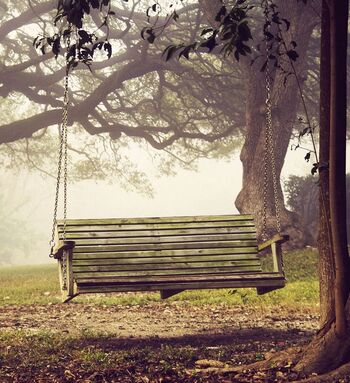 Summer is officially here - as if we needed reminders. We feel the heat and humidity, along with mosquitoes and chiggers biting. We are picking the fresh produce from the gardens and gathering flowers for the table and watching fireflies in the evening darkness. Yes, it is summer, a time when the living is supposed to be easy - a time for families going on vacation, kids out of school, and groups taking time out until fall to meet again. There is something to be said about "slow living" in the summer. We tend to move at a slower pace. Food is cooked outside on the grill now and the oven doesn't run as much. The emphasis is on cold food like melon, sandwiches, tomatoes and salads instead of the winter fare of hot soups and heavy casseroles. Many will argue we work just as hard in the summer, and for many that is true. Hopefully, weekends are for "slow living" when families come together and make memories. "Slow living" is definitely something I do, and I don't feel guilty on a hot and humid day when I stay inside with the coolness of the air conditioner and pick up a book to read or find a project to do. With my list of chores done for the day it is time to "play" with slow living - it is part of enjoying the fullness of the season at hand. My enjoyment of the season includes drying herbs, and my table and counters are full of herbs drying. The house smells quite "herby," which is delightful. My garden tea is made, and I enjoy a hot cup each morning to get the day started - it is a morning ritual (now available in the shop - has lavender and elderflower in it - yummy!). And with lunch I enjoy the fresh lemon balm/spearmint infusion (tea) over ice – this is my beverage of choice the rest of the day and evening. The garden has been flourishing and supplying lettuce, onion, garlic, chard and green beans as regulars on my plate. Now the tomatoes, cucumbers and zucchini are ready to give of their bounty, as well as the blackberries turning color and elderberries setting on. I am humbled by what I am able to grow myself organically with the rewards of knowing where it came from. I hope to do so as long as I possibly can. I am reminded of Mary Oliver's poem, "The Summer Day.” Her writings resonate with me. I hope you can enjoy "slow living" this summer, and find purpose in the season from whatever you choose to do. Twila The Summer Day
Who made the world? Who made the swan, and the black bear? Who made the grasshopper? This grasshopper, I mean- the one who has flung herself out of the grass, the one who is eating sugar out of my hand, who is moving her jaws back and forth instead of up and down- who is gazing around with her enormous and complicated eyes. Now she lifts her pale forearms and thoroughly washes her face. Now she snaps her wings open, and floats away. I don't know exactly what a prayer is. I do know how to pay attention, how to fall down into the grass, how to kneel down in the grass, how to be idle and blessed, how to stroll through the fields, which is what I have been doing all day. Tell me, what else should I have done? Doesn't everything die at last, and too soon? Tell me, what is it you plan to do with your one wild and precious life? —Mary Oliver Burning bundles of dried herbs is a practice called “smudging” learned from Native Americans. Wherever your ancestors hail from, they lived close to the land and burned herbs – it was the original “air freshener” across cultures. Herbs have historically been burned in a variety of ways – loose, bundled, and as incense.
Did you know... Burning herbs Kills Germs According to a 2007 study published in the Journal of Ethnopharmacology, burning herbs in a closed room reduced aerial bacteria populations by 94%, and the cleaner air was maintained 24 hours. Several airborne pathogenic bacteria were still absent even after 30 days! White Sage is Endangered Most people familiar with the practice of burning dried herb bundles today are using white sage (Salvia apiana), a fragrant sacred herb grown in the Southwestern U.S. Unfortunately, because of the popularity of dried sage bundles for burning and unethical harvesting practices, white sage has become endangered. Easy-to-Grow Native White Prairie Sage There is a white sage that is native to the Midwest, and it can be an easy-to-grow perennial. It is a lovely silver-colored plant that can be used in the landscaping and can be cut for burning bundles and will grow back every year, making it beautiful, useful and ethical. This native white prairie sage is Artemisia ludoviciana, and we love the easy-to-grow cultivar called 'Silver King.' It likes growing conditions similar to lavender, but is much hardier than lavender. 'Silver King' White Prairie Sage Starts (Limited Supply) Available at Good Earth Gatherings NOW We have received a special order of starts of this wonderful (hard-to-find) cultivar of the native sage, and we have some extras available for only $1.95 each. Text us (785-691-5914) to reserve some for you, and come in and get them now (Fri/Sat) – this week will be a good planting week! Why & How Growing your own herbs to use is EMPOWERING. There is something special about planting and gathering your own herbs, and growing your own sage for burning is one of the few ethical ways to access white sage now. Burn your homegrown herb bundles to: • Prevent illness from spreading. • Uplift energy when feeling depressed, angry, or resentful. • Shift the energy of the room and people when there has been disagreement or strife. • Create sacred space for a special ritual or ceremony. • Rid a room of negative “vibes” as part of a general spiritual housecleaning. • Cleanse objects like crystals and sacred tools. Come and get your native white sage now and plant it, and this fall a class will be offered on how to make and use your sage bundles for all of the above. Tamara |
About UsWe are a Mother-Daughter Team passionate about connecting people with Mother Earth, Ancestral wisdom, and other kindred spirits. Archives
June 2020
Categories |
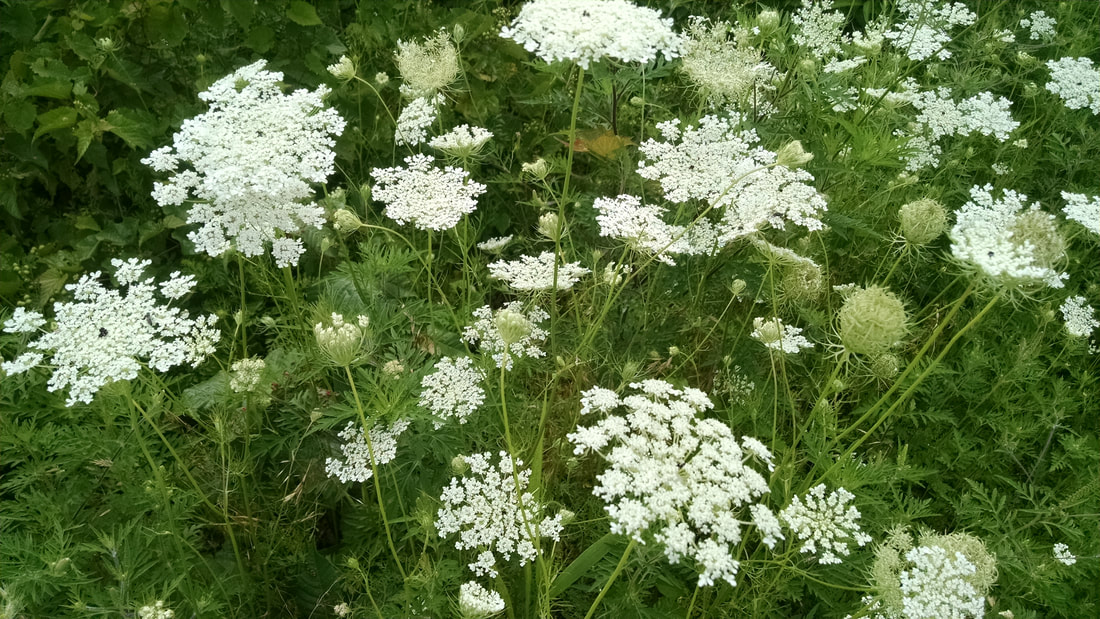
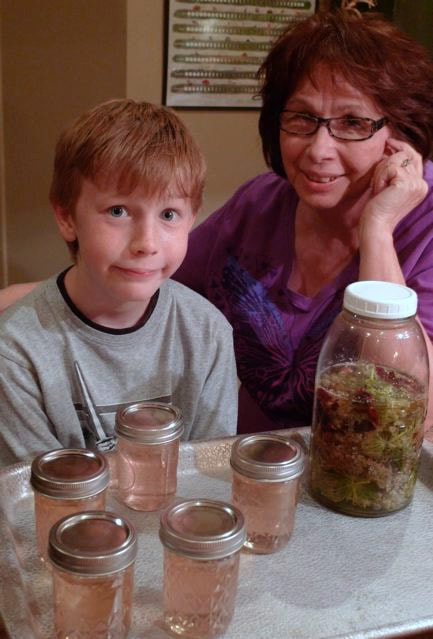
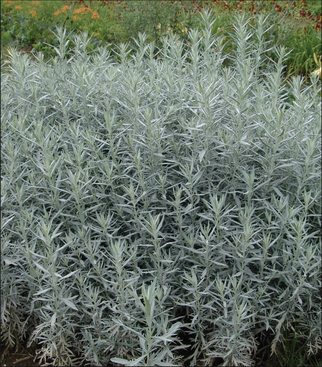
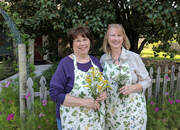
 RSS Feed
RSS Feed